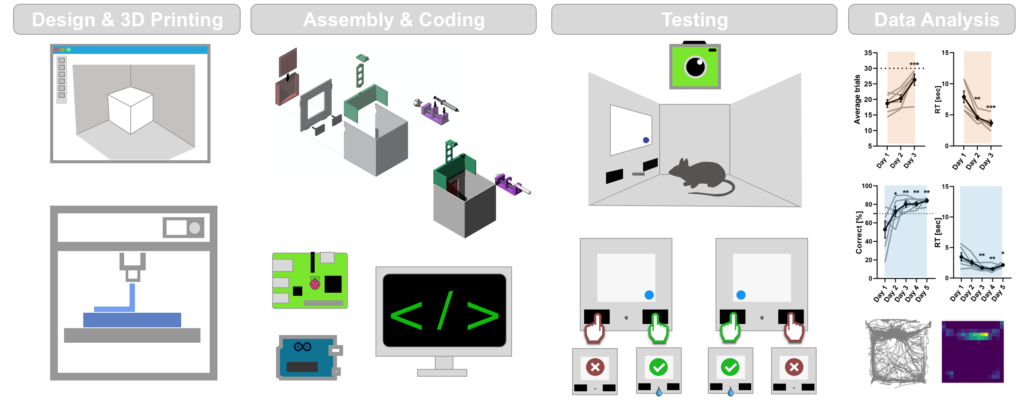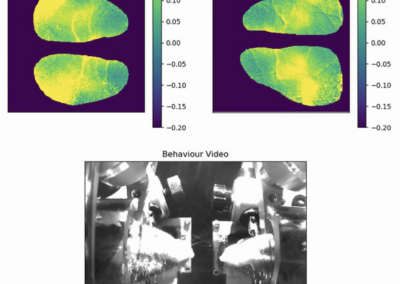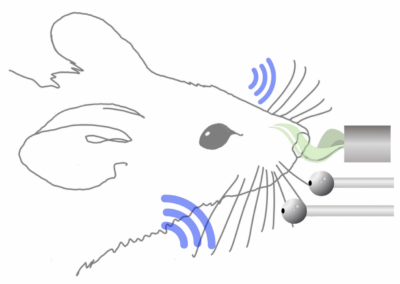Raffaele Mazziotti from the Istituto di Neuroscienze CNR di Pisa has generously shared the following about 3DOC, a recently developed and published project from their team. “Operant conditioning is a classical paradigm and a standard technique used in experimental psychology in which animals learn to perform an action in order to achieve a reward. By using this paradigm, it is possible to extract learning curves and measure accurately reaction times. Both these measurements are proxy of cognitive capabilities and can be used to evaluate the effectiveness of therapeutic interventions in mouse models of disease. Recently in our Lab, we constructed a fully 3D printable chamber able to perform operant conditioning using off-the-shelf, low-cost optical and electronic components, that can be reproduced rigorously in any laboratory equipped with a 3D printer with a total cost around 160€. Requirements include a 3D printable filament ( e.g. polylactic acid, PLA), a low-cost microcontroller (e.g. Arduino UNO), and a single-board computer (e.g. Raspberry Pi). We designed the chamber entirely using 3D modelling for several reasons: first, it has a high degree of reproducibility, since the model is standardized and can be downloaded to print the same structure with the same materials throughout different laboratories. Secondly, it can be easily customized in relation to specific experimental needs. Lastly, it can be shared through online repositories (Github: https://github.com/raffaelemazziotti/oc_chamber). With these cost-efficient and accessible components, we assayed the possibility to perform two-alternative forced-choice operant conditioning using audio-visual cues while tracking in the real-time mouse position. As a proof of principle of customizability, we added a version of the OC chamber that is able to show more complex visual stimuli (e.g. Images). This version includes an edit of the frontal wall that can host a TFT monitor and code that runs on Psychopy2 on Raspberry PI. This tool can be employed to test learning and memory in models of disease. We expect that the open design of the chamber will be useful for scientific teaching and research as well as for further improvements from the open hardware community.” This research tool was created by your colleagues. Please acknowledge the Principal Investigator, cite the article in which the tool was described, and include an RRID in the Materials and Methods of your future publications. RRID:SCR_021547 Find build instructions and access to files on the project’s GitHub! Read more about the platform, how to build it, and validation of the method in their eNeuro article!3DOC

3DOC GitHub
Read the paper
Have questions? Send us an email!






